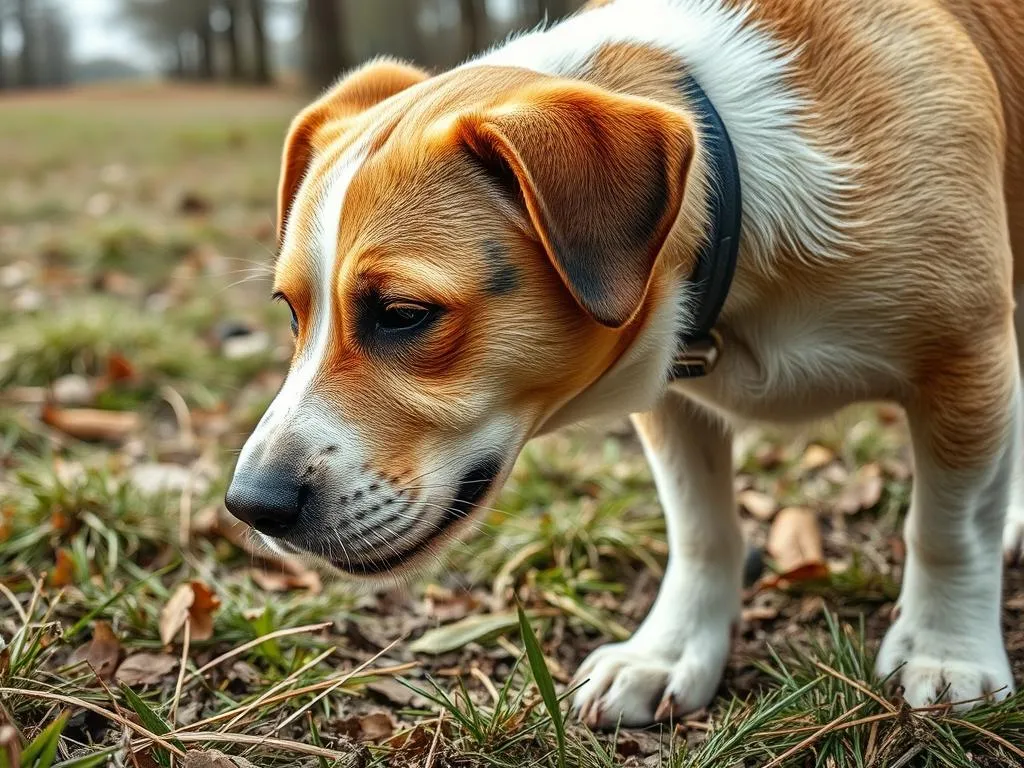
Walking your dog is one of the most enjoyable activities for both you and your furry friend. However, as a dog owner, you might find yourself questioning the behavior of your pet while out on these walks, particularly when it comes to their penchant for sniffing. You may wonder, should I let my dog sniff on walks? This article dives into the importance of sniffing, how to balance it with exercise, training tips, health considerations, and insights based on your dog’s personality and breed.
The Importance of Sniffing for Dogs
Understanding Canine Behavior
Dogs experience the world predominantly through their sense of smell, which is far superior to that of humans. While humans have approximately 5 million scent receptors, dogs boast around 300 million. This incredible olfactory ability allows dogs to detect scents at incredibly low concentrations, enabling them to gather detailed information about their environment.
When your dog sniffs during walks, they are essentially gathering information about their surroundings, from the presence of other animals to the details of their environment. This behavior is not just instinctual; it is essential for their overall well-being and happiness.
Benefits of Sniffing
The act of sniffing provides numerous benefits for dogs:
-
Mental Stimulation: Sniffing engages a dog’s brain, offering them mental stimulation that is critical for their cognitive health. Just as humans enjoy puzzles and brain games, dogs benefit from activities that challenge their minds.
-
Reduces Anxiety: Allowing your dog to engage in sniffing provides a natural outlet for their energy and curiosity, which can help alleviate stress and anxiety. A dog that is allowed to explore their environment through sniffing will generally be more relaxed.
-
Socialization Opportunities: Sniffing can also serve as a form of socialization. Dogs often greet each other by sniffing; thus, allowing your dog to sniff can lead to more positive interactions with other dogs.
Balancing Sniffing with Walking
The Role of Exercise
While sniffing is essential, physical exercise remains a critical component of a dog’s health. Regular walks help keep your dog fit, maintain a healthy weight, and reduce behavioral issues stemming from pent-up energy. The key is to find a balance between allowing your dog to sniff and ensuring they get the exercise they need.
Establishing a Sniffing Routine
To create a harmonious walking experience, consider establishing a sniffing routine. You can do this by:
-
Designating Sniffing Spots: Choose specific areas during your walk where your dog can take time to sniff around. This allows them to indulge in their natural behavior while keeping the walk structured.
-
Timing: Incorporate designated sniffing times during your walks. For instance, allow 5-10 minutes of sniffing after every 15 minutes of walking. This way, your dog can enjoy their exploration while still getting the exercise they need.
Training Your Dog to Sniff Responsibly
Teaching Commands for Sniffing
Training your dog to understand when it’s appropriate to sniff can help manage their behavior during walks. Commands such as “Go sniff” can signal to your dog that it’s time to explore, while commands like “Leave it” can help redirect their attention when necessary.
Using positive reinforcement is crucial during this training. Reward your dog with treats or praise when they follow commands correctly. This approach encourages them to develop good habits while still enjoying their natural instinct to sniff.
Recognizing When to Intervene
While sniffing is beneficial, there are times when it may become excessive. Signs that your dog’s sniffing is becoming disruptive include:
- Ignoring Commands: If your dog consistently ignores commands to move on, it may be time to intervene.
- Excessive Time Spent Sniffing: If your walk is significantly delayed because your dog is overly fixated on sniffing, consider redirecting their attention.
Techniques for redirecting your dog’s focus can include changing direction, engaging them with a toy, or even practicing commands. This ensures that your walks remain enjoyable for both you and your dog.
Health and Safety Considerations
Potential Risks of Sniffing
While sniffing can be beneficial, it’s essential to be aware of potential risks. Dogs may sniff harmful substances, such as poisonous plants, trash, or even dangerous items like broken glass. Being vigilant about your dog’s surroundings during walks is crucial for their safety.
Keeping Your Dog Safe
To ensure your dog’s safety while they sniff:
- Monitor Their Behavior: Keep an eye on what your dog is sniffing. If you notice them attempting to eat something dangerous, intervene immediately.
- Stay Informed on Vaccinations: Regular vaccinations and preventative care can help protect your dog from illnesses that could arise from sniffing unsafe items in their environment.
Different Approaches Based on Dog Personality and Breed
High-Energy vs. Low-Energy Dogs
The energy level of your dog significantly influences their sniffing behavior. High-energy dogs may require more exercise and stimulation, leading them to sniff more during walks as they explore. On the other hand, low-energy dogs may be content with shorter walks that include ample sniffing.
Tailoring your approach based on your dog’s energy level can help you strike the right balance. For high-energy dogs, consider longer walks that include designated sniffing breaks, while low-energy dogs may benefit from shorter, more relaxed strolls that allow for ample sniffing time.
Breed-Specific Sniffing Needs
Certain breeds have a strong instinct to sniff due to their history and purpose. For example, hounds are bred for tracking scents, while terriers have a keen interest in digging and exploring. Understanding your dog’s breed characteristics can help you create a walking routine that caters to their unique needs.
For breeds that require more sniffing, it’s essential to allow them ample opportunities to engage in this behavior during walks. This not only satisfies their instincts but also contributes to their happiness and well-being.
Expert Opinions and Studies
Insights from Veterinarians
Veterinarians often emphasize the importance of allowing dogs to engage in sniffing during walks. Many professionals agree that this behavior is fundamental to a dog’s mental health. Dr. Karen Becker, a well-known veterinarian, states that “allowing your dog to sniff while walking is a vital part of their emotional and psychological well-being.”
Relevant Research Studies
Research has shown that dogs who are allowed to engage in sniffing during walks exhibit lower stress levels and improved overall behavior. A study published in the Journal of Veterinary Behavior found that dogs who engage in regular sniffing activities show increased levels of contentment and reduced signs of anxiety.
Alternatives to Traditional Walking
Sniffari: A New Trend
One exciting trend gaining traction among dog owners is the concept of a “sniffari.” This is a dedicated outing where the primary focus is on sniffing rather than walking. During a sniffari, owners can take their dogs to new environments, allowing them to explore various scents at their own pace.
To conduct a successful sniffari, choose a location rich in interesting smells—such as a park or nature trail—and let your dog lead the way. This not only provides them with a unique experience but also enriches their mental stimulation.
Interactive Activities
In addition to traditional walks and sniffaris, there are numerous interactive activities that incorporate sniffing. Some suggestions include:
- Hide and Seek: Hide treats or toys around your home or yard and encourage your dog to find them using their sense of smell.
- Scent Games: Use scent detection kits or create your own scent trails, allowing your dog to follow their nose and discover hidden items.
These activities can complement your dog’s walking routine, providing additional opportunities for mental stimulation and engagement.
Conclusion
Understanding the importance of sniffing during dog walks is crucial for fostering a happy, healthy, and well-adjusted pet. Allowing your dog to sniff not only promotes mental stimulation but also fulfills their natural instincts. Balancing sniffing with physical exercise, implementing training techniques, and being mindful of health considerations can create a fulfilling walking experience for both you and your dog. Embrace your dog’s natural behaviors and enjoy the enriching journey that is walking together.









